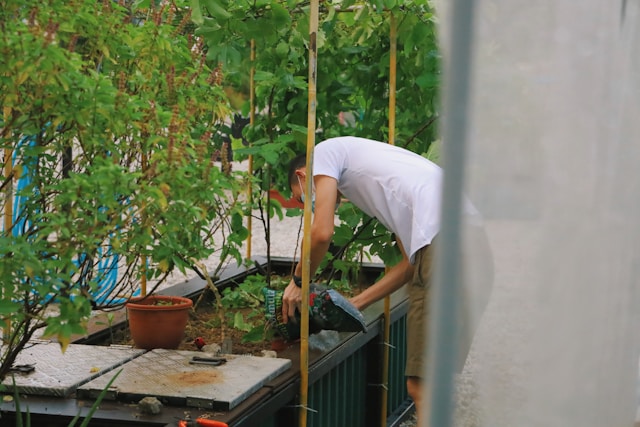In the midst of towering skyscrapers and bustling city streets, a quiet revolution is taking root – urban farming. Once confined to rural landscapes, agriculture is now finding its place in the heart of urban centers, transforming vacant lots, rooftops, and even abandoned buildings into vibrant oases of greenery and sustenance.
Urban farming encompasses a wide range of practices, from community gardens and rooftop farms to hydroponic systems and vertical gardens. What unites these diverse initiatives is a shared commitment to cultivating food, fostering community, and promoting sustainability in urban environments.
One of the primary drivers behind the rise of urban farming is a growing awareness of the environmental and social challenges associated with conventional agriculture. As concerns about food security, climate change, and urbanization mount, many city dwellers are turning to local, sustainable food sources as a solution.
By bringing food production closer to where people live, urban farming reduces the carbon footprint associated with transporting food over long distances. It also helps mitigate the environmental impact of conventional farming practices, such as pesticide use, water consumption, and soil degradation.
Moreover, urban farming has the potential to address issues of food access and equity in underserved communities. In many urban areas, so-called “food deserts” lack access to fresh, healthy food options, contributing to disparities in health and well-being. By establishing community gardens and urban farms in these areas, residents gain access to nutritious produce and opportunities for education and empowerment.
Beyond its environmental and social benefits, urban farming also fosters a sense of connection and belonging among city residents. Community gardens provide spaces for people to come together, share knowledge, and build relationships across cultural, socioeconomic, and generational divides. They serve as hubs of creativity and innovation, where individuals collaborate to transform neglected spaces into vibrant, thriving ecosystems.
Furthermore, urban farming offers opportunities for education and skill-building, particularly for young people. By engaging in hands-on activities such as planting, harvesting, and composting, children and youth learn valuable lessons about sustainability, nutrition, and the interconnectedness of ecosystems. These experiences not only promote environmental stewardship but also instill a sense of pride and ownership in one’s community.
In conclusion, the rise of urban farming represents a grassroots movement toward a more sustainable, equitable, and resilient food system. By reclaiming urban spaces for agriculture, cities are not only greening their landscapes but also nurturing healthier, more connected communities. As we look to the future, urban farming offers a compelling vision of cities where concrete jungles give way to verdant oases of growth, nourishment, and abundance.


